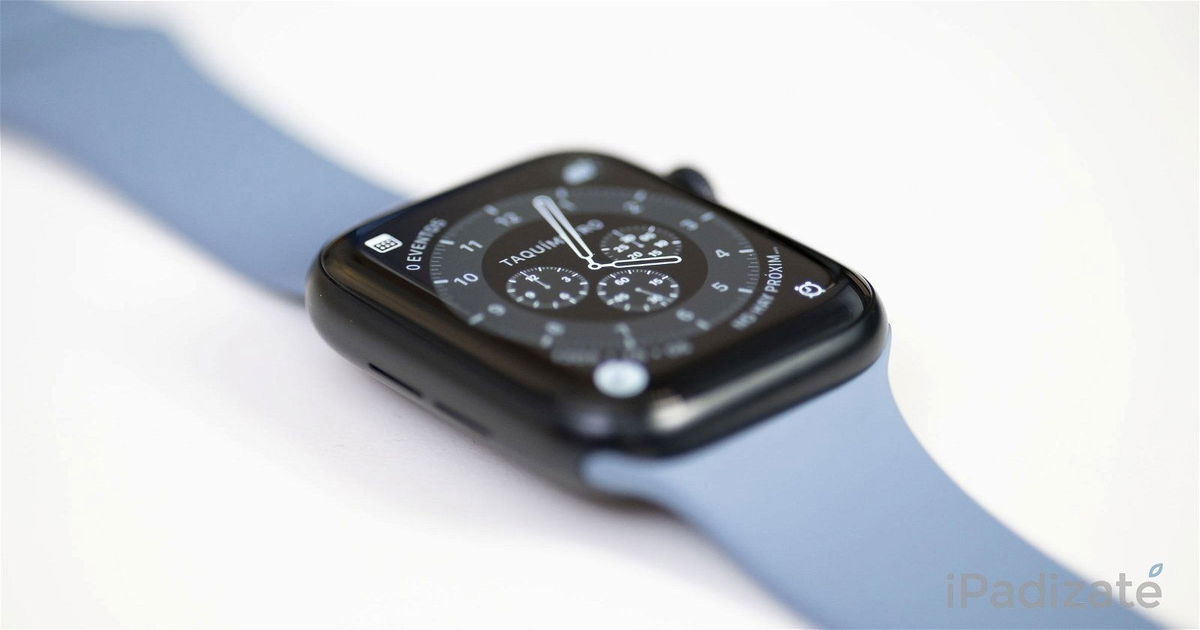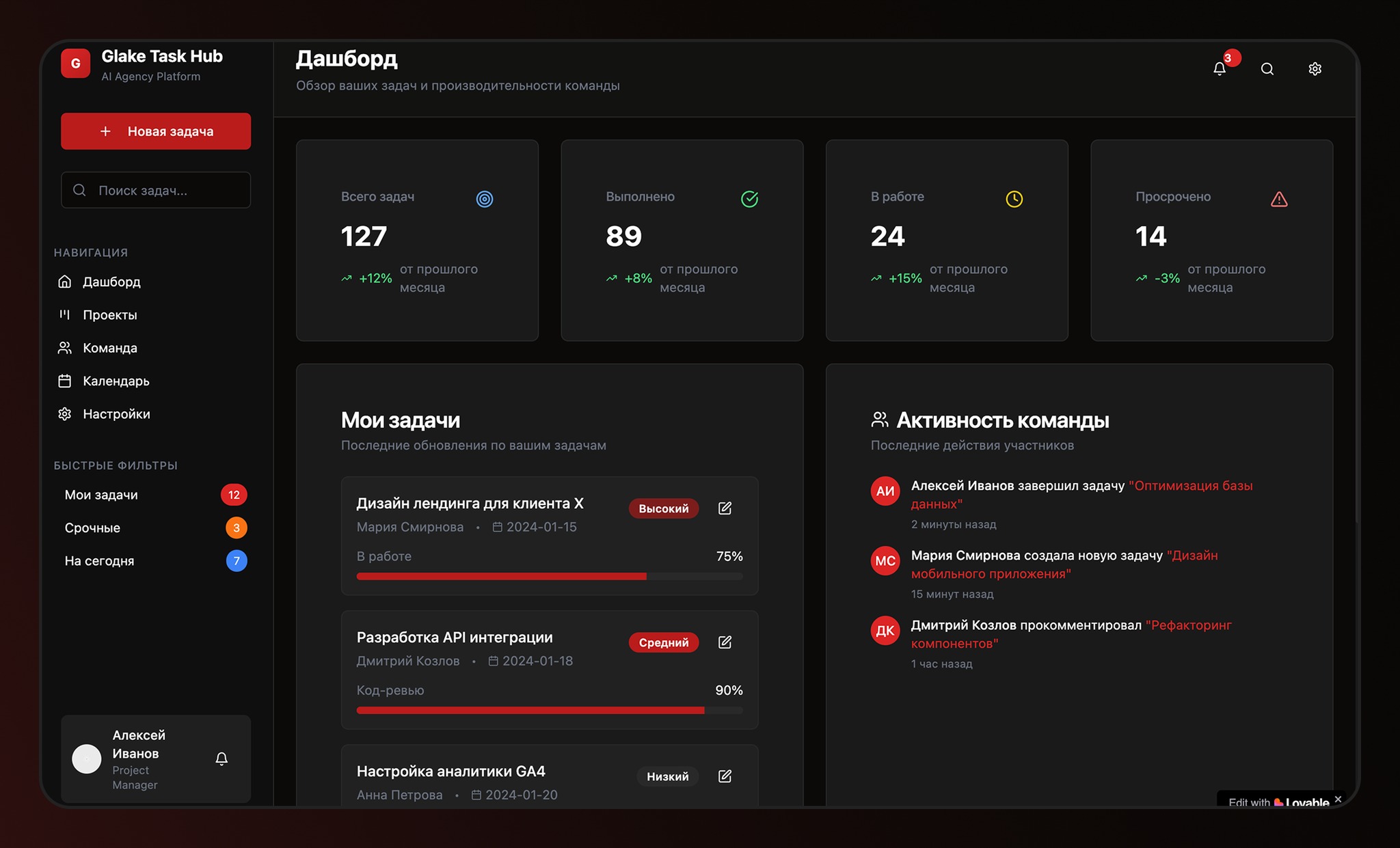MIURA 1, Spain’s first rocket, will have to wait to reach its place in space. From the Medano del Loro military base in Moguer (Huelva), PLD Space has decided to postpone the first flight of its spacecraft. The reason lies in the strong gusts of wind that are recorded at heights. Unfortunately, this is not the first time that the operation has been interrupted, and the fact is that the same thing happened last week due to weather reasons.
The launch of MIURA 1 was scheduled for 8:00 AM on May 31, and the specified window will close in two hours, at exactly 10:00 AM. However, from 6:40 am, PLD Space has already reported that they are analyzing the unusual behavior of the liquid oxygen load..
The good news is that this last bug was fixed quickly, around 7:00 am. The takeoff of MIURA 1 was then rescheduled for 8:30, albeit a few minutes before the scheduled time. those responsible for the project announced its cancellation. Sarah Poveda, PLD Space’s first employee, and Roberto Palacios, MIURA 5 systems engineer, were the first to report the failure. In their report, they claimed that there were “strong gusts of wind at altitude, outside the borders.”
“All night long we watched the wind at altitude with values of more than 20 meters per second and gusts up to 30 meters per second between 8 and 12 kilometers,” commented shortly after Raul Torres, co-founder and CEO of PLD Space. “Prudence asks us not to move forward” he concluded in his statement.
MIURA 1, the first Spanish rocket, will have to wait a bit to open space
From my side, MIURA 1 was already fully prepared for takeoff. Two weeks ago he successfully passed hot test out of five seconds. This last procedure allows you to know the behavior of the engines, and is an absolutely necessary step for flight testing.
The estimated flight duration of MIURA 1 was six minutes. As soon as it reaches 80 km in height, microgravity and apogee conditions will appear. From now on, a team from the same PLD Space will be responsible for assembling the rocket body in the Atlantic Ocean.the place chosen for splashdown of the vehicle.
During this time, the PLD Space team can study some variables that have not been observed so far. Among them are the analysis of engine thrust during flight, the control of the nominal trajectory and the study of the behavior of all subsystems and the impact of the rocket on real space conditions.
Nevertheless, looks like the PLD Space team will have to wait to get the information they want. Although the last available date was marked in the MIURA 1 launch window today, the National Institute of Aerospace Technology should not wait long to propose a new date.
Source: Hiper Textual












